When it comes to sustainability, most EV makers talk the talk. But Polestar? They’ve crunched the numbers and are walking the walk, carbon emissions per vehicle sold by 24.7% since 2020.
For Aussie EV buyers and skeptics of EVs, this is a glimpse into the future of low-emission vehicles might actually be built, not just promised.
Let’s break down how Polestar is pulling this off, and why it matters to buyers, both down under and abroad.
Polestar 2 Bidirectional Charging (V2G and V2H)
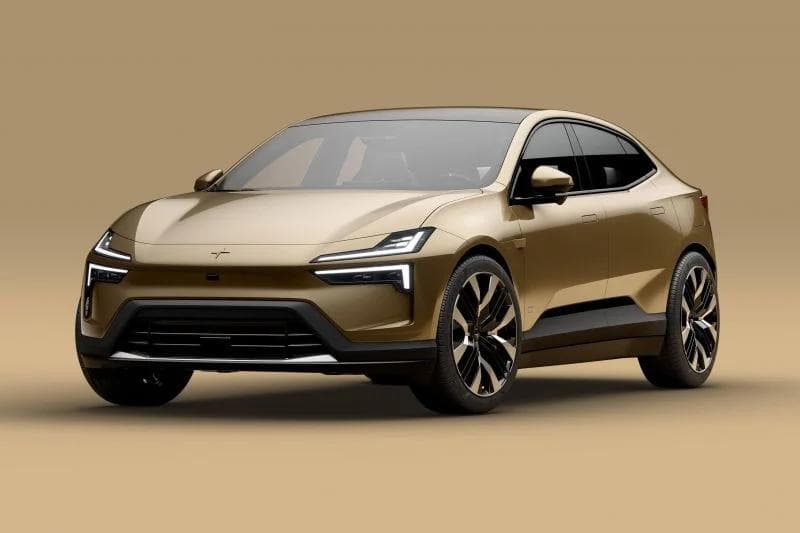
How Polestar Is Cutting Emissions
Polestar’s latest sustainability report (its fourth), lays out real progress in reducing its cradle-to-gate and cradle-to-grave carbon footprints.
Here’s what’s changed:
| Model | Year/Variant | Carbon Footprint (Cradle-to-Gate) | Change Compared to 2020 Polestar 2 |
| Polestar 2 | 2024 Model | 23.1 tCO₂e | ▼ 3.0 tCO₂e (from 26.1 tCO₂e) |
| Polestar 3 | Launch Edition | 24.7 tCO₂e | ▼ 1.4 tCO₂e |
| Polestar 3 | Other variants | Up to 25.9 tCO₂e | May vary by production site |
| Polestar 4 | Long Range Dual Motor | 21.3 tCO₂e | ▼ 4.8 tCO₂e vs original Polestar 2 |
Note: Despite being heavier and carrying a bigger battery, the Polestar 4 still manages lower emissions, thanks to clever design and materials.
▶️MORE: 2024 Polestar 2 price and specs: Major refresh for Tesla rival
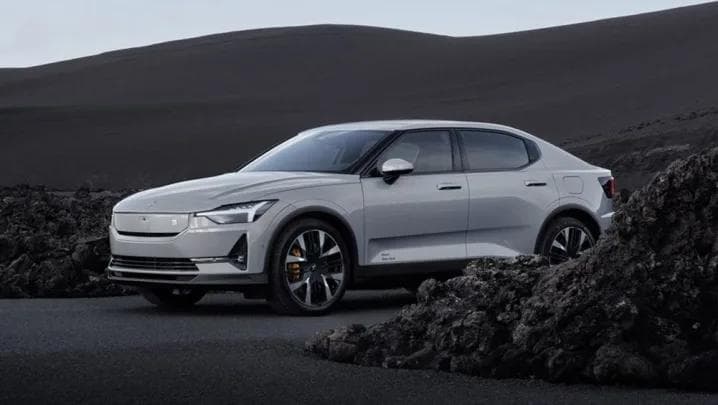
What’s Behind the Improvement?
Polestar’s sustainability wins haven’t come from cutting corners, they’ve come from rethinking how an EV is built from the ground up.
Here are the key changes driving that 24.7% carbon cut:
- Low-Carbon Aluminium: Used across all models to reduce manufacturing emissions.
- Better Battery Manufacturing: More efficient processes with lower emissions.
- 100% Renewable Electricity: Every Polestar factory now runs entirely on green energy.
- Efficient Logistics: Ocean shipping routes are using more biofuels to bring down the transport footprint.
▶️MORE: Which Electric Cars Have Bidirectional Charging (V2L, V2H, V2G)
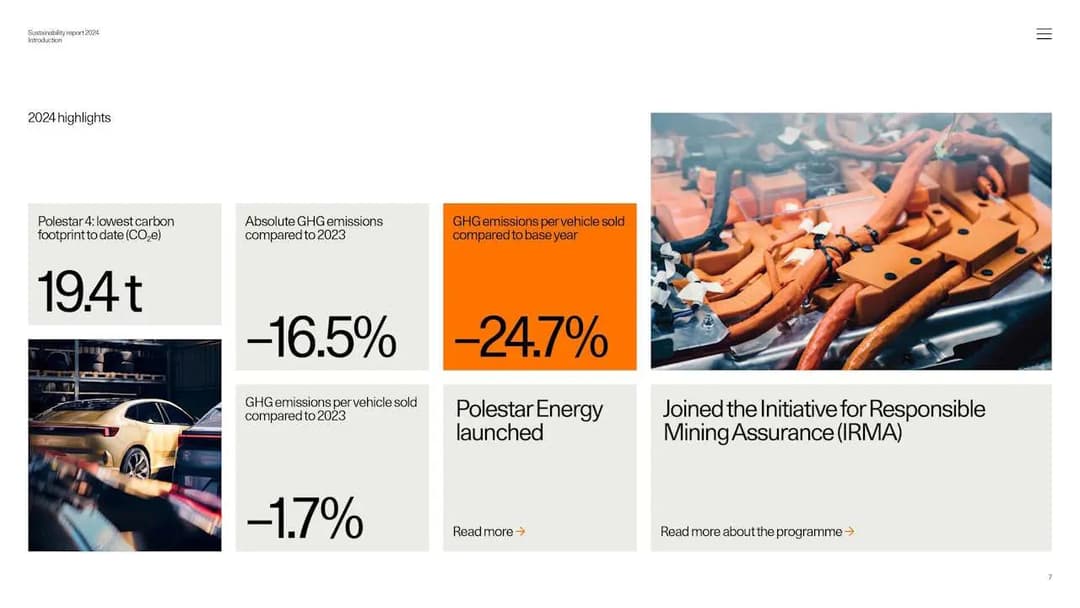
The Polestar 0 Project: A Moonshot with Momentum
In 2021, Polestar launched its most ambitious sustainability mission yet: The Polestar 0 Project. The goal? To build a truly climate-neutral car — no offsets, no greenwashing, just real zero emissions from materials to final assembly.
Here’s what’s happening so far:
- 10 tCO₂e Carbon Cut: Combined research efforts have identified solutions that could cut 10 tonnes from the Polestar 2’s carbon footprint.
- Aluminium & Steel Focus: These materials make up ~45% of a Polestar’s emissions. Polestar is working with suppliers to decarbonise their production.
Next up: a new research hub to take the work further.
▶️MORE: 5 Cheapest Electric Cars in Australia (2025)
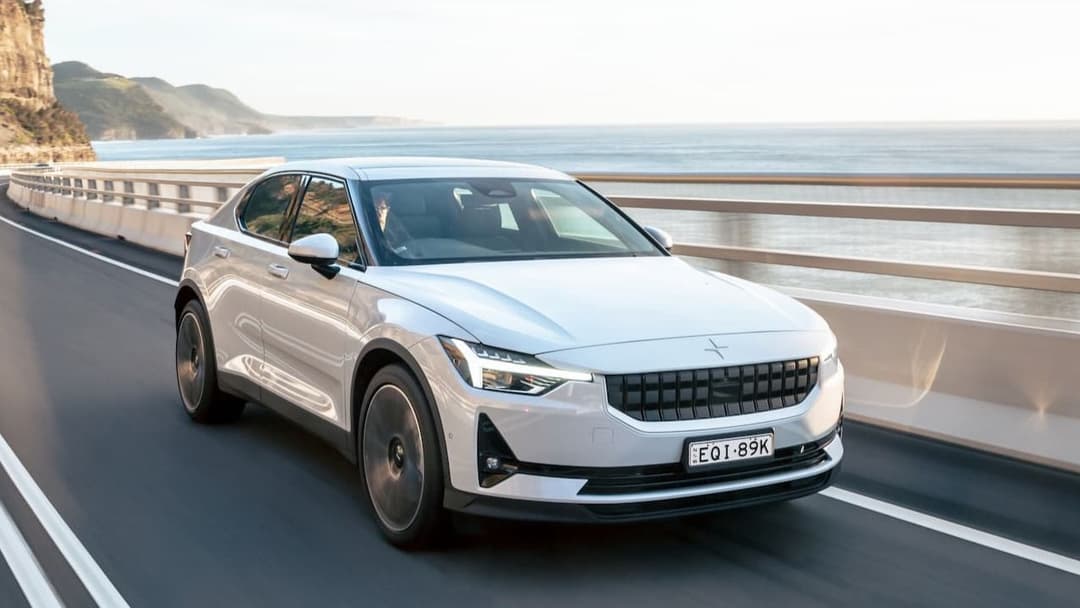
Introducing: Mission 0 House
Polestar’s next move is bold — Mission 0 House. Think of it as a greenhouse for low-carbon innovation.
Located in Gothenburg, Sweden, this research centre brings together engineers and academics to explore new ways to eliminate emissions from the entire supply chain.
Key goals:
- Develop and commercialise zero-emission materials and manufacturing techniques.
- Collaborate across industries, rather than keeping discoveries in-house.
- Tackle not just the vehicle, but the entire production ecosystem — from mining to logistics.
▶️MORE: Use Zecar's Charging Calculator To Find An Estimate Cost of Your EV

Transparency, Circularity & Responsible Sourcing
Polestar isn’t just building greener cars — it’s making the process more transparent.
Here’s how:
- Traceability: Polestar now tracks manganese and other risk materials across its supply chain.
- Expanded Audits: More on-the-ground checks in high-risk mining regions.
- Circular Design: Polestar 4 now includes 10% recycled materials.
- More Data, Less Greenwashing: Polestar continues to publish full lifecycle reports, year after year — something few automakers are doing.
And yes, Polestar has joined the Initiative for Responsible Mining Assurance (IRMA) to ensure materials like cobalt, lithium, and now manganese, come from ethical sources.
➡️GUIDE: What Should You Consider When Buying An Electric Car?
Our Take for Australian Buyers
Polestar’s carbon cuts aren’t just PR. They’re engineering-led, data-driven changes you can see across the lineup.
For EV fans in Australia, whether you’re eyeing the Polestar 2 for city cruising, waiting for the luxe Polestar 4, or holding out for the performance-focused Polestar 3 — you’re looking at a brand that’s not just making EVs, but improving how EVs are made.
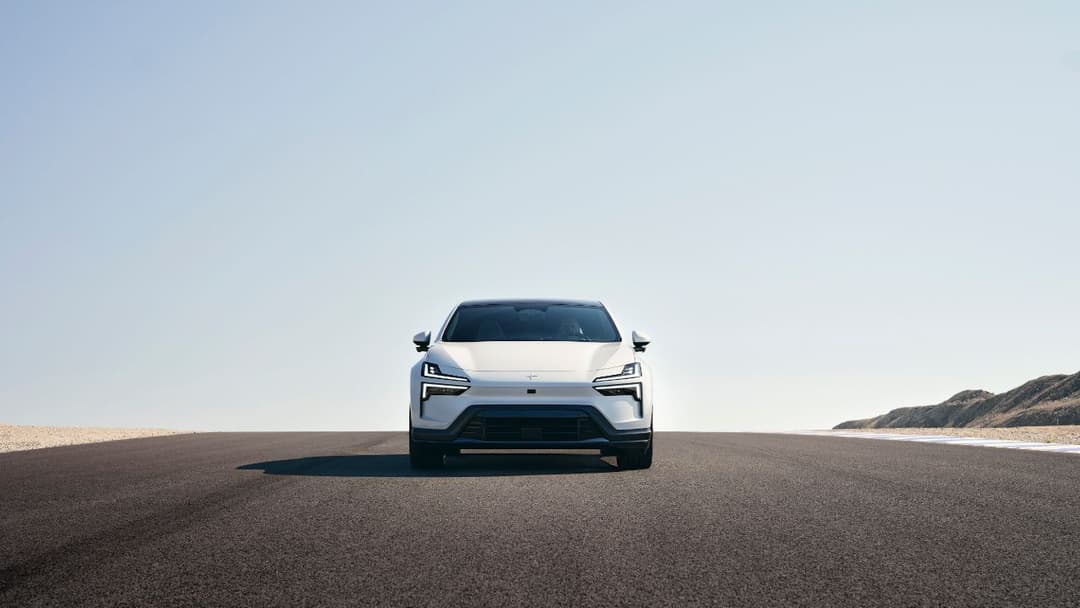
With Polestar models already on Aussie roads and the brand committed to the local market, this isn’t some distant dream. It’s a live experiment in how low we can go on emissions — without sacrificing performance, range, or style.
▶️MORE: How Long Do Electric Car Batteries Last?
Why It Matters
Here’s the quick takeaway:
- 24.7% emissions drop per car since 2020 — and still improving.
- Carbon reductions across Polestar 2, 3, and 4 — despite larger batteries.
- Massive investment in zero-emission manufacturing through the Polestar 0 project.
- 100% renewable energy, low-carbon materials, and greener shipping already in place.
- Transparency and traceability are at the heart of the strategy.
For those who want an EV that’s as clean behind the scenes as it is on the road, Polestar might just be leading the pack.
Stay up to date with the latest EV news
- Get the latest news and update
- New EV model releases
- Get money savings-deal

Privacy policy